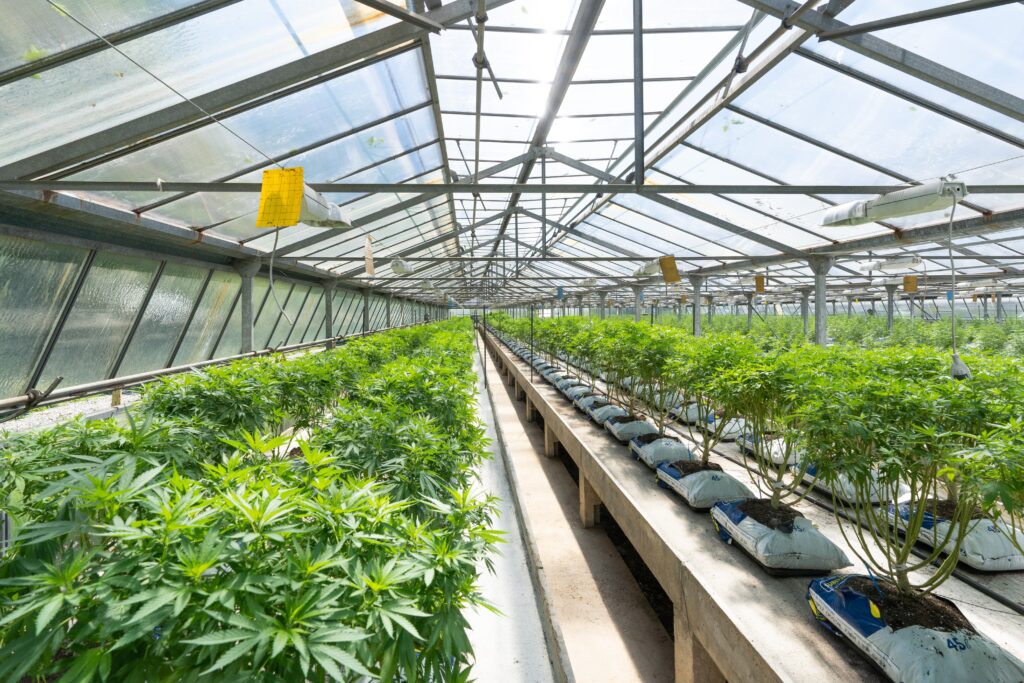
Is Cannabis a Good Investment in 2025? Market Trends to Watch
So, you’re thinking about putting your money into cannabis in 2025. Well, the sector’s tempting with promises of explosive returns, cultural momentum, and a shift in public policy.
But let’s be honest because it can also turn into a messy, unpredictable space without the right knowledge. Let’s go into the market trends fueling consumer growth and the high-demand feminized cannabis seeds among home growers in 2025.
The Industry’s Pulse: Still Beating, But Pacing Differently
Cannabis isn’t new anymore. The industry’s once vibrant novelty factor has long faded. What we’ve got now is a shift from it being a gold rush into a properly regulated and consolidated space.
Well, this is not a deal breaker. In fact, it turns out to give a clearer outlook at the market and its offerings.
According to IMARC Group, the global legal cannabis market was valued at USD 31.9 billion in 2024, with growth projected to reach USD 158.4 billion by 2033 at a CAGR of 19.5%. This year projections value it somewhere in between USD 42–48 billion.
The growth rate is not even across the cannabis sectors. Some are seeing maturity as others get ready to catch fire.
Growth Sectors Worth Watching
Let’s break it down. Where’s the real action in 2025?
Cannabis Beverages and Edibles
You might think gummies and drinks are a sideshow. Consumer preference is shifting, and they are no longer on the periphery.
In Canada, more cannabis users are trying CBD infused beverages with 21% reported to have tried them in 2024, rising sharply from just 4% in 2018. This is the same story in the U.S. where cannabis beverages are enjoying widespread adoption, especially in wellness-branded low-dose products.
As more people find edibles and beverages easier to microdose, discreet, and stylish in flavour, conventional beverage players are starting to take note. Big names are already exploring this market or have already engaged it.
Medical Cannabis, Global Expansion
Here’s the thing. Medical cannabis isn’t just a U.S. or Canada game anymore.
Germany legalized recreational use in 2024 but its medical program is still the real moneymaker. Medical cannabis patients rose to over 300,000 by the end of 2024 with sales spiralling to approximately USD 480-530 million.
The same trend is observed in Australia, the UK, and Thailand, where market regulations are loosening, prescriptions are increasing, and local supply chains are still being developed.
What’s even more promising is the growing integration of cannabis into pharmaceutical trials. If successful, the medical cannabis market is set to explode with more legitimacy, more insurance coverage, and more long-term value.
Tech-Driven Cultivation and Genetics
If you are just crawling from a rock, we’ve got AI in everything these days, even plants. Vertical farming, automated nutrient management, and climate-controlled cultivation are reducing costs and increasing yields.
Most importantly, we are seeing advanced breeding technology giving strains that are fast gaining a competitive edge. A good example is seeds that are meant for specific outcomes or medical effects and benefits. You certainly want in on that kind of edge.
Home Growing
Home growing is having a moment, with more people turning into small-scale producers right in their basements, closets, or backyard sheds. And why not? It cuts costs and gives you control over quality, timing, even strain selection.
The surge in easy-to-grow autoflower seeds is making it even easier. These strains don’t care about light cycles. They flower fast, take up less space, and don’t demand much attention.
What does that mean for you, the investor? It opens up a whole new space with increased demand for genetics, compact grow kits, nutrients, even online courses.
New and Emerging Markets
Let’s not get stuck in North America.
Europe
Germany’s transition to partial legalization in 2024 created significant opportunities. But the ripple effect?
The Czech Republic, Switzerland, and even France are drafting bills or launching their pilot programs that could potentially open new markets. With hundreds of millions of consumers, most of whom have never had legal access, the demand is already there.
Latin America
Latin America is often not talked about enough, but you should pay attention. Colombia, Uruguay, and Mexico are exporting cannabis at low costs due to their favourable climates and skilled affordable labour advantages.
Many expect them to become global suppliers, especially for CBD and industrial hemp, especially if EU import laws continue to loosen.
Asia
In Asia, the cannabis market regulation is tight. With social stigma also contributing to the slow growth of the market, trailblazing efforts offer a sliver of hope.
In 2018, Thailand legalized medical marijuana. Its shock decriminalization in 2022 stirred a frenzy of investment but there’s a threat to this growth by the government pushing to re-criminalize marijuana this year.
South Korea legalized medical cannabis in 2018. Bigger Asian economies like China and India continue to lead in global industrial hemp production.
While it may not be an immediate opportunity, considering a long-term perspective could reveal significant potential. Asia could be the next big thing.
The Risk Factors You Can’t Ignore
Of course, it’s not all rosy. The cannabis industry, like any other, faces several challenges that are stunting growth significantly.
1. Regulatory Drag
While everyone is eagerly anticipating U.S. federal legalization, there are no immediate indications that it is a certainty. Without federal legalization, crucial banking reforms remain stalled. Experts say that rescheduling under the Controlled Substances Act might help. However, the process has proven to be slow and political.
The same can be said of Australia, where federal prohibition clashes with Australian Capital Territory (ACT)’s legal personal recreational use.
2. Market Saturation and Price Compression
California’s a prime example of what happens when markets pop up and outgrow the existing infrastructure. The state has too many growers but not enough licensed retailers. Wholesale prices cratered in 2023 and only partially recovered.
3. Capital Crunch
This is a tough one for most cannabis startups. Raising money in cannabis is still brutal as institutional investors remain extra cautious. This translates to limited access to credit facilities, fewer IPOs, and slower expansion of existing businesses unless a company is already cash-flow positive.
4. Brand Loyalty is Thin
Most cannabis consumers still shop on price and THC percentage. Brand affinity is weak in cannabis compared to, say, alcohol or fashion. That makes scaling a consumer brand harder than it sounds.
So, Is It a Good Investment?
Yes—and no. It all depends on where you play.
If you’re buying into commodity growers or U.S. multi-state operators, banking on federal change is a high-risk venture. But if you’re targeting tech-enabled producers, international exporters, or pharma-aligned medical players, that’s smarter.
Joint ventures in emerging markets or ancillary services like lighting tech, packaging, and logistics offer better upside with less volatility. You don’t have to buy weed stocks to profit from it.
Also, don’t ignore real estate. Cannabis zoning laws create artificial scarcity. A warehouse in a green zone is an easy cash cow for leasing.
Final Word
In 2025, the cannabis game is part Wall Street, part street hustle, and part Silicon Valley. Don’t get high on projections as you watch the trends. For growers, cannabizseed.com – trusted cannabis seed supplier offers just the right strat to any growing venture through premium genetics.



